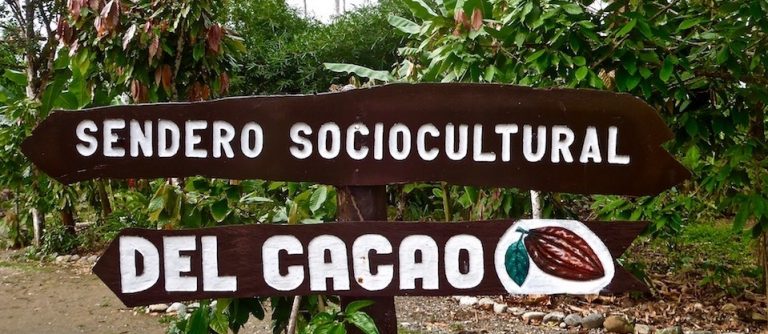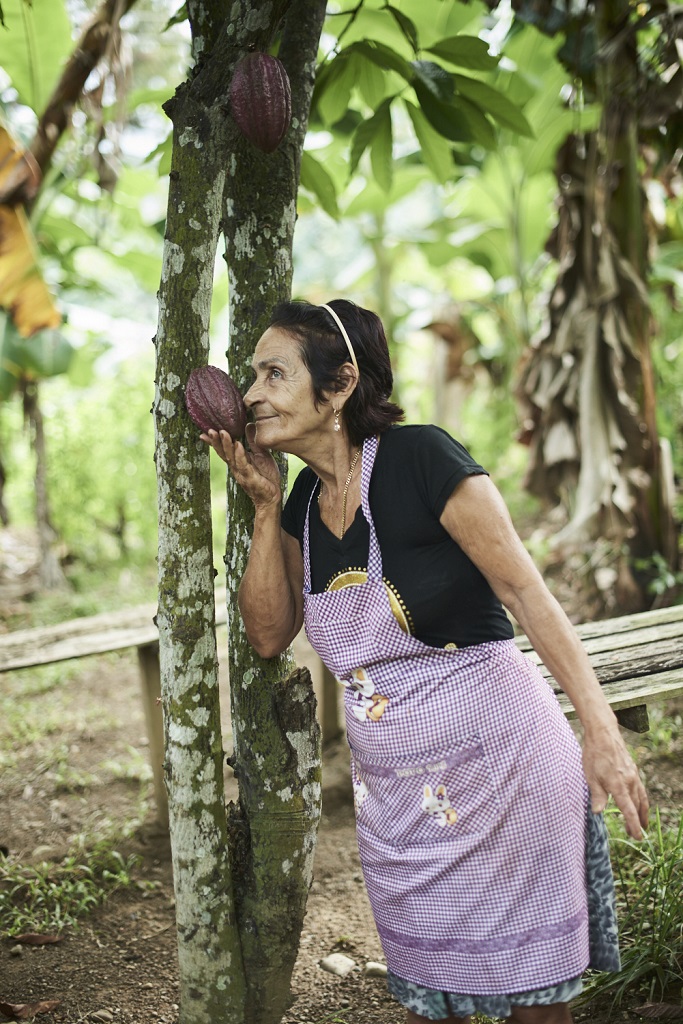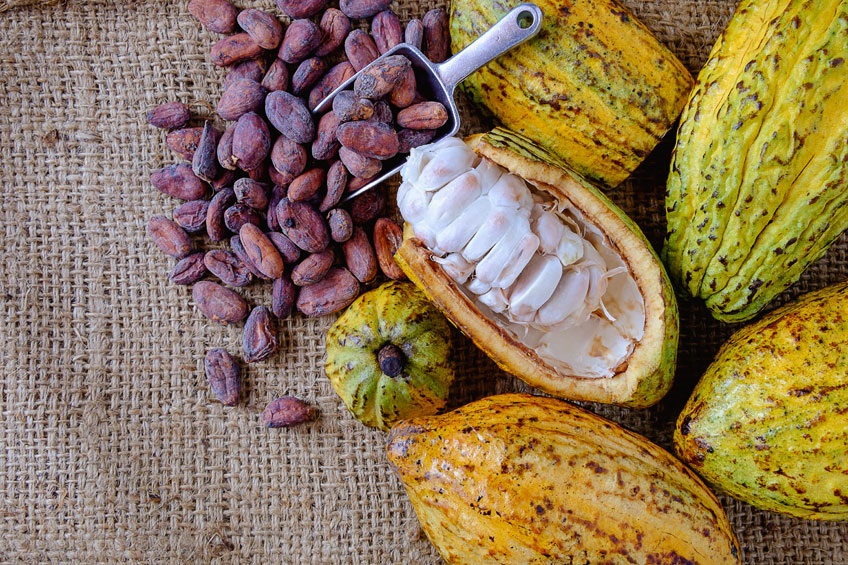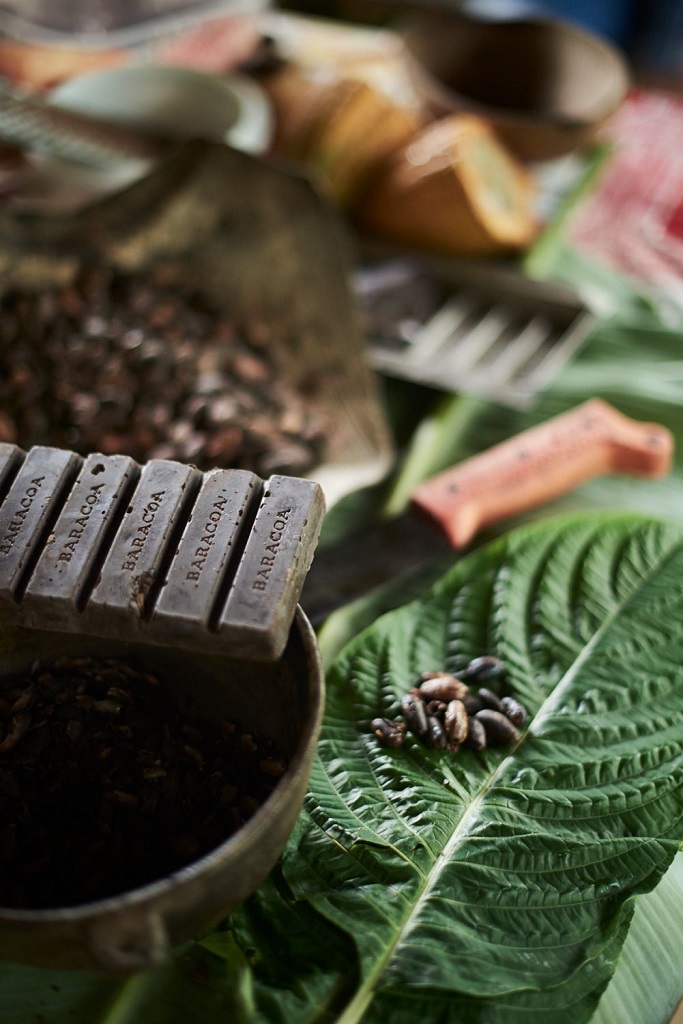Travelers to Cuba tend to think about this Caribbean island as the place for Cuban rum and tobacco, the sandy beaches of Varadero, the colonial streets of Trinidad, or beautiful Havana. But Baracoa, in the east of Cuba, has among its many treasures, luscious, delicious cacao!
For many, no trip to Cuba is truly an unforgettable experience unless you travel to Santiago de Cuba and Baracoa, and experience Cuban nature, music, and food at its best, including Cuban chocolate. A tour of small, local cacao farms can be an authentic and delicious experience. If in Havana or Matanzas, an unusual and interesting day trip to Hershey (yes, Hershey, not often found on Cuba travel guides) will delight you.
When talking about Cuba´s stars products come to light; such as: sugar, rum, tobacco, coffee, and music. But cocoa gets behind. The eastern mountains of the island, particularly in the Baracoa area, proved the perfect geographical area for it.
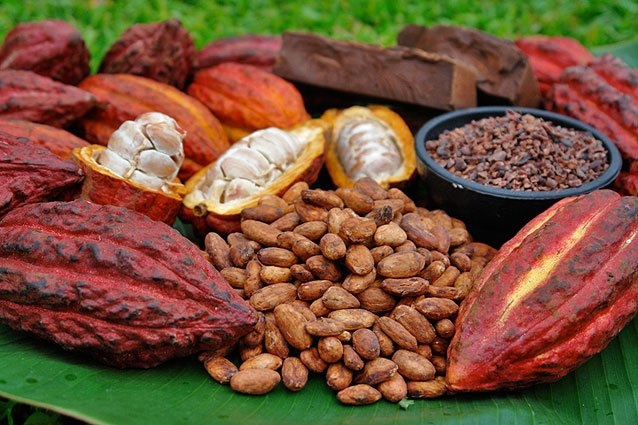
A bit of history
Cacao is an intrinsic part of the history of Central and South America. Its origins comes from the Olmecs, Mayans and Aztecs, among others, in the continent. Its high nutritional value made it a staple and a valuable necessity.
It was introduced in Cuba by the Spanish in the 16th century. Although it wasn’t until 1771 that it reached a boom, with the arrival of French colonists from Haiti, who settled in the eastern areas of the island, in what is now Santiago de Cuba, Holguin, and Guantanamo.
Back in the west, though, a bit of a historical curiosity may be found. Milton Hershey chose to build another all-American town after the one built in Pennsylvania, this time amid the oceanic sugar cane fields on the bluffs overlooking Cuba’s northwest coast. But more on that later.
A bit of Cuban cacao process
Cocoa beans require a complex industrial process. The cocoa seeds are first roasted at 150 degrees Celsius to release their aroma and flavor. They are then husked, ground and pressed to extract the fat or cocoa butter. Afterwards, the mixture is crushed to make cocoa powder, and used later to get an assortment of products.
Local farmers have cultivated the art of cacao growing and passed it down from generation to generation. Cacao pods are cracked open, revealing the cacao beans inside a soft fruity pulp. They take the pulp out on grates for several days until it ferments and liquefies, leaving only the beans. This is an important step that takes its time as it determines the beans quality. After fermentation process, the beans are dried in the sun for several days. Then, they are roasted in an iron pot over an open flame, cracked and shelled.
The length and temperature of the roasting process also affects the resulting product. A low-temperature roast produces a tarter, aromatic flavor. The last step involves grinding the beans into a thick, creamy paste. This cacao paste is rolled into balls of about three inches in diameter and folded in aluminum foil or banana leaves. These balls are precious treasures for Havana chefs and bakers.
Chocolate connoisseurs are not big fans of the chocolate bars from there, so heavy on sugar, but the true gems of chocolate-making and cacao processing can be found in small farms along the mountains of Baracoa.
Baracoa and its treasures
Where is Baracoa, Cuba? Baracoa was one of the earliest Spanish settlements in the Americas. In 1490 Christopher Columbus recognized the value of the harbor, and christened it Porto Santo. Thankfully, and unlike elsewhere in Cuba, the Spanish never completely wiped out the indigenous population, and there are still direct descendants living there, which adds to the town’s diversity and pride. “Baracoa” means “presence of the sea” in Arawak, but might as well means “paradise on Earth”. The entire area around it and the mountains of eastern Cuba in general are bountiful in nature at its best: beaches, rivers, caves, waterfalls, luscious vegetation, and incredibly diverse fauna.
Cacao trail in Baracoa Cuba
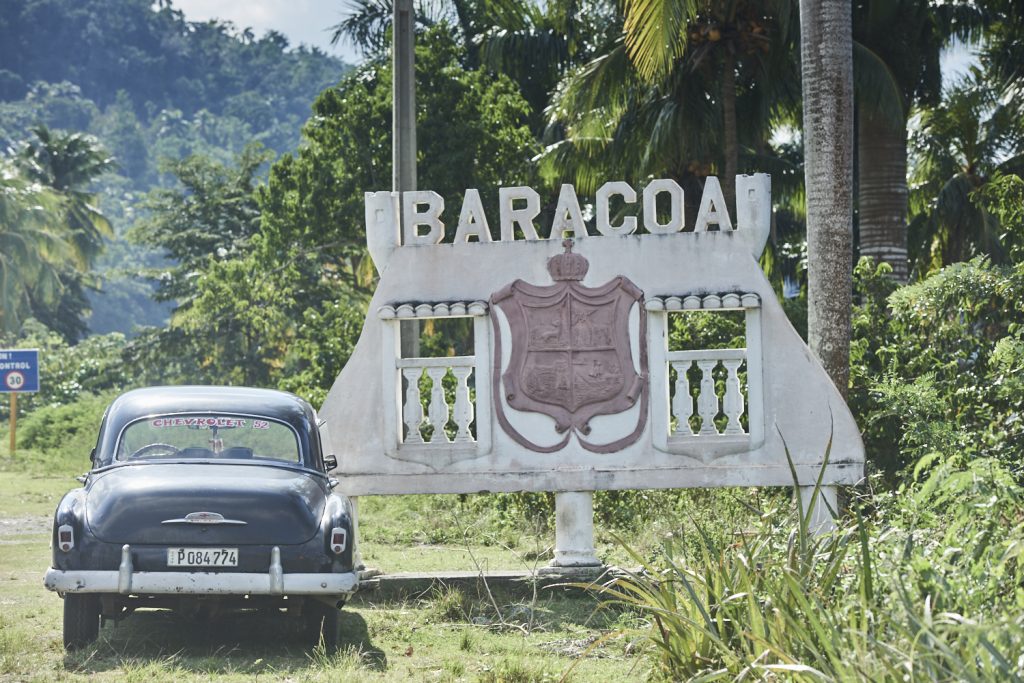
No matter what road you take in Baracoa, cacao farms will be waiting for you at every turn – small trees with trunks covered in flowers that will become pods loaded with the heavenly beans. Baracoa produces 75% of Cuban cacao, across thousands of hectares with the highest productivity-level farms in the country. This cacao is of such high quality that the world-renowned Swiss chocolatier Spruengli has added a line of truffles, two chocolate bars, and assorted Neapolitans made with Baracoa cacao.
There is only one factory in Cuba that makes cocoa into chocolate bars and other products. It is not open to visitors, but the exquisite aroma drifting from the factory is hard to miss as you pass in front of it when you go to river Duaba, mount El Yunque, river Toa, Maguana Beach, and Alexander Humboldt National Park. Many travelers make a ritual stop here and take a good picture of themselves in front of the factory.
We can organize visits to some of the best local farms. We usually include a gift of a cacao paste ball, or a complimentary cup of chorote. Tht´s the name of the local chocolate drink made from ground cacao and locally-made coconut milk. Rumbumba is the nighttime version of chorote, the difference being the addition of local rum. We can also combine your cacao quest with swimming in a river, trekking, or horse riding. Would you like to taste Baracoa dark chocolate? Visit this link and buy from the amazing Willies Chocolate company in the UK.
And back in the west of Cuba… on to Hershey!
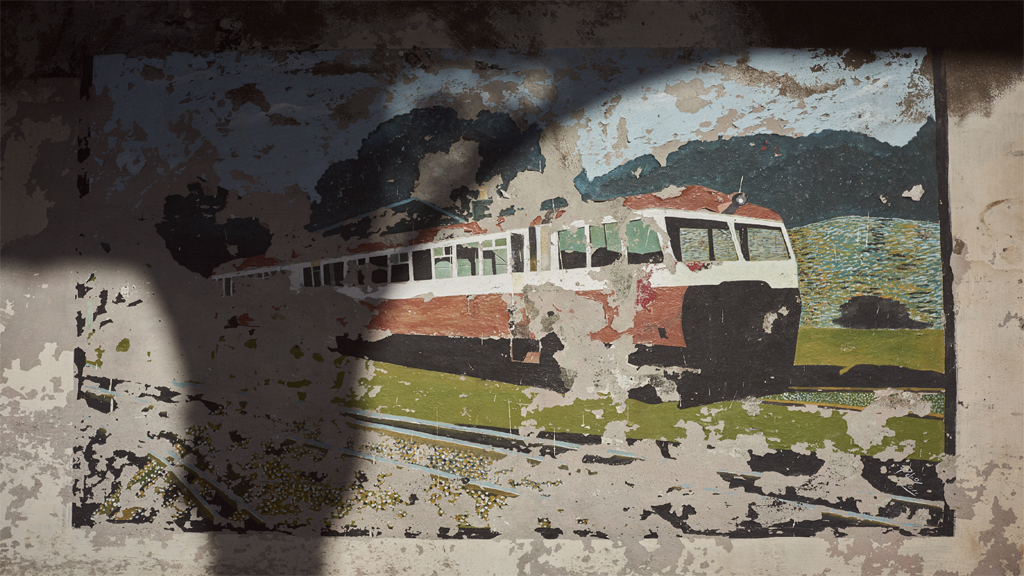
Milton Hershey made his fortune from making a delicacy for the wealthy— chocolate — into an affordable treat for the masses. He’d put his name on a model town in Pennsylvania built around his vision of scientific planning and corporate benevolence. With sugar prices peaking during World War I, he chose to build another all-American town. This time amid the oceanic sugar cane fields on the bluffs overlooking Cuba’s northwest coast. His greatest achievement was a state-of-the-art electric railway. Running 57 miles from Havana to the port of Matanzas, with his town in the middle. The rail cars also with passengers service could gather raw cane for delivery to the mill and ship it out through the ports in either city.
Hershey died in 1945, leaving no heirs and instructed his executives to sell off his Cuba holdings. Afterwards the revolutionary government headed by Fidel Castro came into power in 1959. Then the Hershey mill was nationalized along with the railway, the town’s peanut oil factory, power plants. As was eventually the case with all private industries in Cuba.
The town was renamed Camilo Cienfuegos, it never stuck though. With the Soviet Union fall and taking Cuba’s economy with it, global prices for sugar went down to minimum. The mill began grinding toward a slow death, finally closed for good in 2003. Therefore many Hershey residents left for Havana, Miami, and beyond. Only 45 miles from Havana, it has been kind of a ghost town. But there is still a sleepy, nostalgic aura around it. “The Hershey Train”, currently runs from Havana to Matanzas. Could be an interesting day trip to do if staying in either city, (which can be combined with a day at the beach, not far). Riding the Hershey train has a Gabriel Garcia Marquez charm on it!
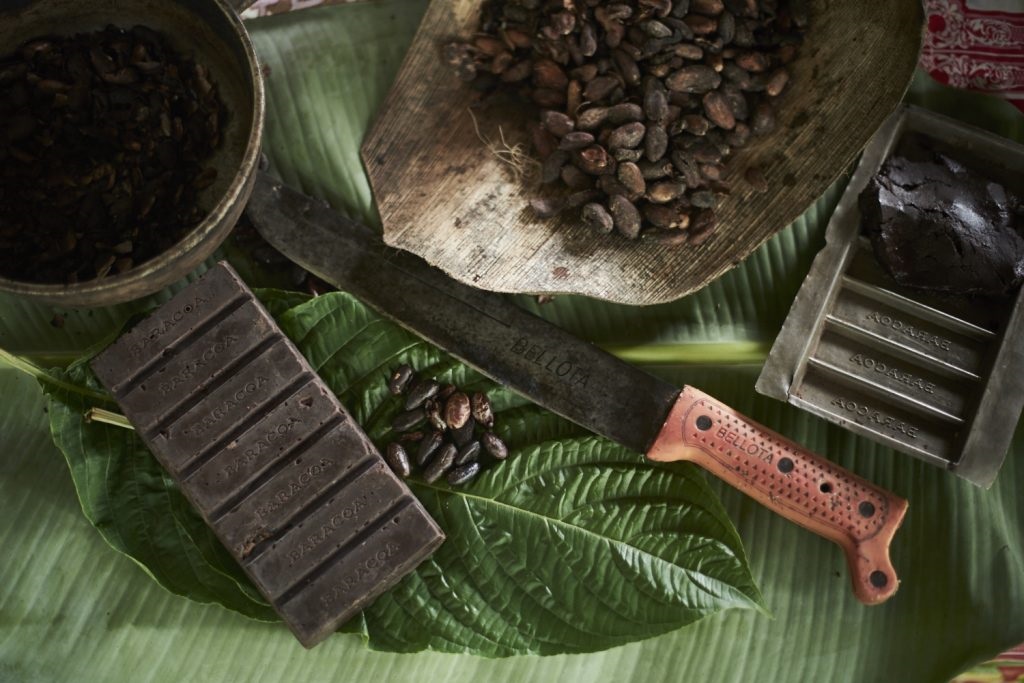
Safe experiences in post COVID19 Cuba
Cuba’s active screening, clinical management, and safety protocols have been exemplary. The pandemic is now in the low single digits for confirmed cases. Health, hygiene, and social distancing protocols are in place. Hotels and all staff working in tourism already applying the industry standards for this new post-COVID19 world.
Travelling to the east of Cuba to visit rambunctious Santiago de Cuba and amazing Baracoa can be daunting if arranged on your own. But easy and fun if organized by an experienced travel agent like Cuba Private Travel. We are your travel expert on bespoke Cuban experiences.
There is much to do and experience in Cuba if you are a chocolate fan. Did I mention also incredible seafood? Even if you are not a connoisseur, visiting Baracoa, and the east of Cuba in general. This Baracoan chocolate adventure will be an unforgettable experience you will remember for years to come.
